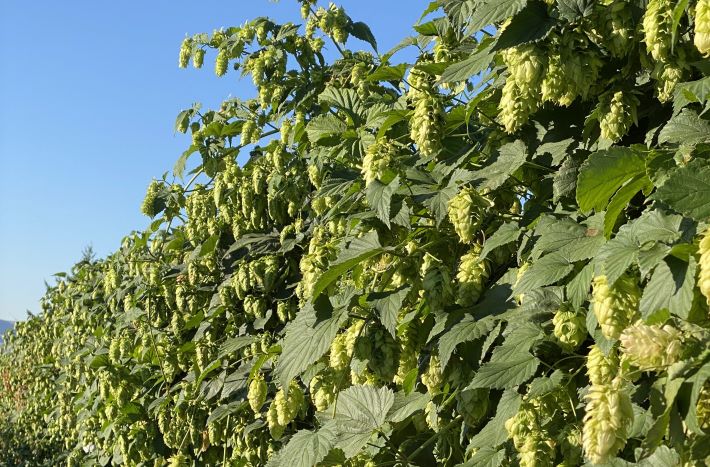 I’m not promising to lead off with links to beer pleasures every Monday, but I was happy with the way it went last week. So here goes . . .
I’m not promising to lead off with links to beer pleasures every Monday, but I was happy with the way it went last week. So here goes . . .
– In Croatia and Montenegro, “There’s still a thrill of the hunt in this kind of craft beer environment, which is obviously long, long gone in the US, perhaps to such an extreme that it’s detrimental to breweries. And you quickly become so much less jaded in a scene like this . . .”
– Third Eye Brewing was a big winner at the Great American Beer Festival. David Nilson’s story focuses on the joy of drinking their beers.
– I 100 percent endorse a visit to Augustiner Bräustuben in Munich. “It’s a classic beer hall with character to spare, more down-home than other beerhalls in the city.”
– Stephanie Grant shares (almost) everything she at and drank in San Diego. And we’re not just talking beer.
– Coors threw a party Saturday to celebrate 150 years in business, and Axios published this 8 fun facts about Coors Brewing you probably didn’t know. There’s a 9th less-known one. We live about six miles from the brewery.
– When The Beer Nut writes “At the end of the glass I felt like giving it a standing ovation” that’s a beer I’d really like to taste. A little surprised to see the hop Luminosa that far from its Oregon home. I’d write more about its heritage, but that might be construed as gatekeeping (see next entry).
Gatekeeping
Consider this: “The neverending impromptu pop quiz from the older, wealthier white man who has more knowledge and will grill you at the drop of a hat still has me on edge, and now I see it in modern beer spaces. I’ve spoken to many other working-class people who feel the same. It’s a ritual of gatekeeping and wealthy white men aren’t the only ones to do it.”
This story about tasting tools is also relevant. And because beer isn’t the only arena where this is happening, an interview with the author of Discriminating Taste: How Class Anxiety Created the American Food Revolution.
Good for business
– The socio-economic value of local pubs. This is a press release, so consider the bias.
– Cask ale revealed as the core of today’s UK pub culture. Another press release, and about a study conducted by a brewing company. Tread lightly.
Final words
“We want different views, we want a vibrant and rich ecosystem.”
– Alan McLeod, A Good Beer Blog



